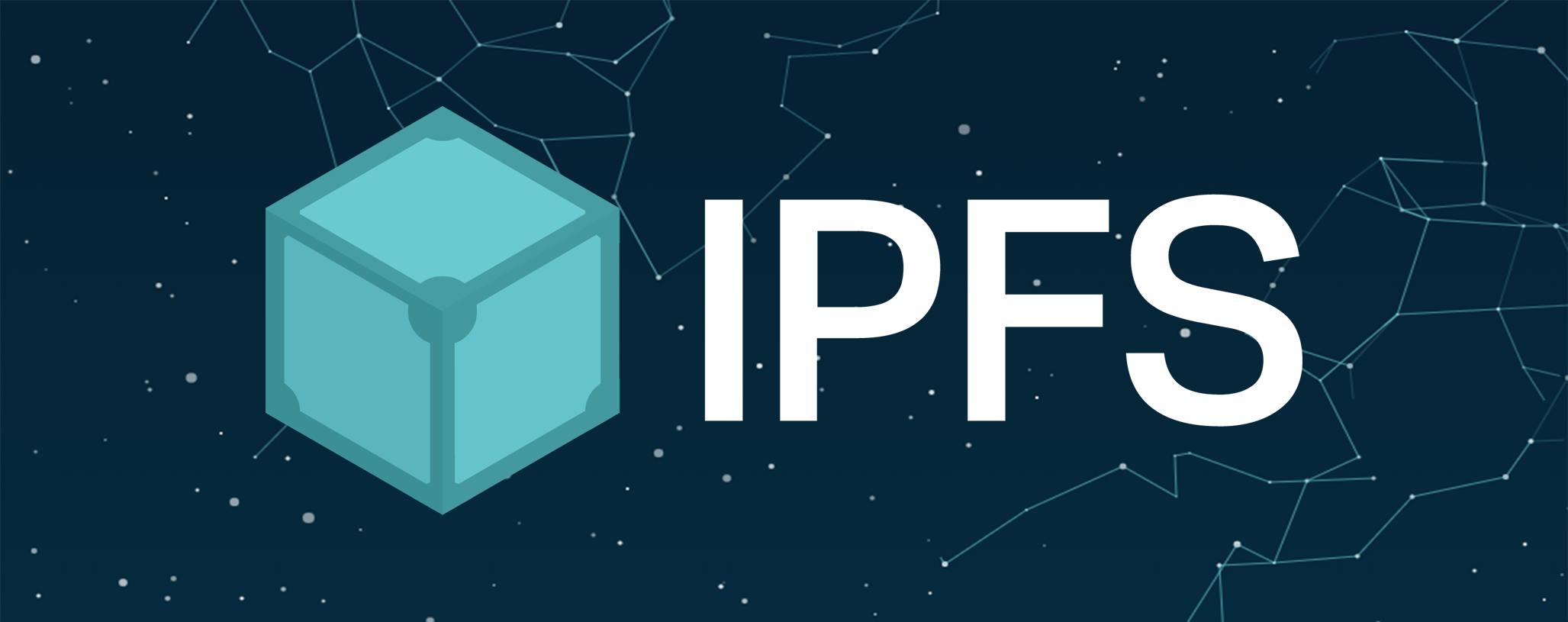On this collection, we will focus on the on-chain and off-chain strategies of storing file paperwork on the blockchain.
And in a while, we’ll discover ways to retailer information similar to photos, PDFs, or some other digital asset off-chain utilizing the InterPlanetary File System (IPFS) community powered by Moralis and Infura IPFS.
By the top of this tutorial collection, you’ll retailer and entry information on the IPFS community.
Blockchain as a Database

As a database, a blockchain is an immutable digital ledger of transactions that’s distributed throughout a number of laptop networks. It allows us to retailer knowledge, i.e. NFTs metadata (together with information), and retrieve them in the identical approach that some other database does.
Storing Information on the Blockchain (On-Chain)
On-chain refers to verified actions or transactions that happen instantly on the blockchain. Importing information on to a blockchain can be an on-chain exercise on this case.
Ought to we, nevertheless, retailer information instantly on-chain? Is it a good suggestion to maintain information on-chain? And the way a lot does blockchain storage value?
Value of Storing Information on the Blockchain (On-Chain)

The price of storing giant information on the blockchain might be very costly. In line with IBM’s “Storage Wants for Blockchain Know-how – Level of View doc” on Page 9, a gigabyte of storage prices round $100 USD on the blockchain, which is 500 instances dearer than conventional storage.
Efficiency of Storing Information on the Blockchain (On-Chain)

Aside from being costly, storing a lot of information on a blockchain can improve the access latency of the information (improve the time it takes to add/obtain the information from the blockchain).
File storage requires low latency for quick entry. Nevertheless, when there is a rise in latency as a result of heavy information, this will likely decelerate the efficiency of the blockchain system and make upkeep very tough.
It isn’t advisable to retailer non-transaction knowledge similar to information, contracts, paperwork, PDFs, and private info instantly on the blockchain however you need to as an alternative take into account storing them off-chain.
Storing Information Exterior the Blockchain (Off-Chain)
The time period “off-chain” refers to actions or transactions that happen outdoors of the blockchain. On this context, an off-chain asset is a file that isn’t instantly uploaded on the blockchain.
Since it isn’t advisable to retailer non-transaction knowledge, the file is uploaded to a different server or database (IPFS, MongoDB, Oracle, and many others.) and the HashID generated for the uploaded doc shall be saved on the blockchain as metadata.
What’s IPFS?
Web3 Database 🤯

The InterPlanetary File System (IPFS) is a decentralized storage system. A protocol and peer-to-peer (p2p) community for storing, accessing, and sharing knowledge in a distributed file system like a blockchain.
IPFS relies on Content material-Based mostly Identification (CID) or Content material-Based mostly Addressing which is created to be quicker than the standard Location-Based mostly Addressing technique of saving information.
What’s Location-Based mostly Addressing?
HTTP: “The place” is the content material you need 🤷♂️
Location-Based mostly Addressing is the standard technique of accessing content material similar to pictures, music, and information on the web and it requires specifying the place the content material is hosted by offering an absolute path or handle to the content material as proven under:

The limitation of Location-Based mostly Addressing is that it makes use of a centralized server and the contents shall be unavailable if the server that hosts them goes down.
In a centralized server similar to Twitter and Fb, they independently management how their consumer’s saved contents are delivered (i.e. URL) and you may solely entry a Twitter profile picture by way of Twitter URL and never Fb URL.
What’s Content material-Based mostly Addressing?
IPFS: “What” content material would you like 🤔
In Content material-Based mostly Addressing or Content material-Addressed Storage (CAS), each uploaded content material has its personal distinctive identifier often known as Hash, which might be in comparison with a fingerprint, and no two contents can share the identical hash.
Content material similar to pictures, music, and information are accessible via their distinctive IPFS hash quite than their location.

Any content material uploaded on IPFS is accessible by way of the supported IPFS public gateway. For example, when a file is uploaded by way of Moralis IPFS, we are able to then make use of the Infura IPFS URL to entry the file.
The uploaded contents are saved in an IPFS object which is an information construction with two fields, a knowledge which might maintain as much as 256 KB of blob knowledge, and hyperlinks, which is an array of hyperlinks to different IPFS objects.
{
Knowledge: "",
Hyperlinks: [
{
Name: “”,
Hash: “”,
Size: 256000
}
]
}
When content material is greater than 256kb in dimension, IPFS will routinely break it down into a number of objects and create an empty IPFS to hyperlink all of the hashes collectively.
Contents saved on the IPFS can’t be modified like on the blockchain. As a substitute, IPFS helps versioning of your contents often known as IPFS commit object, which is linked to the earlier model objects.
IPFS is initially created by Juan Benet, the founding father of Protocol Labs in February 2015.
The place Are IPFS Knowledge Saved?
Cached Folders 🗂
Knowledge saved on IPFS are saved regionally on a pc’s cache folder and served to others who requested it by way of an IPFS gateway. The info can be cached on the brand new consumer’s laptop.
The cached knowledge are trashed throughout rubbish assortment which may result in lack of knowledge. So as to save your knowledge completely on the IPFS, it’s worthwhile to pin it to one of many IPFS networks.
What Are the Benefits of IPFS?
-
Quick document retrieval.
-
It really works with each expertise.
-
Solely a single occasion of content material might be saved (no duplicate).
-
Uploaded contents are genuine with their distinctive identifiers.
-
Uploaded contents can’t be altered.
Distinction Between IPFS and HTTP Storage
| IPFS (Content material-Based mostly Addressing) | HTTP (Location-Based mostly Addressing) |
| It’s based mostly on a decentralized server | It’s based mostly on a centralized origin server |
| It makes use of content-addressing | It makes use of location-addressing |
| All objects with the identical content material are saved solely as soon as | All objects with the identical content material might be saved a number of instances |
| Information are shared throughout a number of nodes and are at all times accessible | Information aren’t accessible when the server is down |
| It has a excessive market | It has a low market |
| Immutable (Versioning) | Mutable |
Wrapping Up
InterPlanetary File System (IPFS) is a dependable and decentralized storage system. It’s also broadly considered the way forward for file storage.
On this article, we discovered in regards to the variations between HTTP and IPFS storage, in addition to the on-chain and off-chain (IPFS) strategies of storing information on the blockchain.
The place Do You Go Subsequent?
Now that you understand how information are saved on the blockchain and the way IPFS works:
This text is part of the Hashnode Web3 blog, the place a group of curated writers are bringing out new assets that can assist you uncover the universe of web3. Test us out for extra on NFTs, DAOs, blockchains, and the decentralized future.









